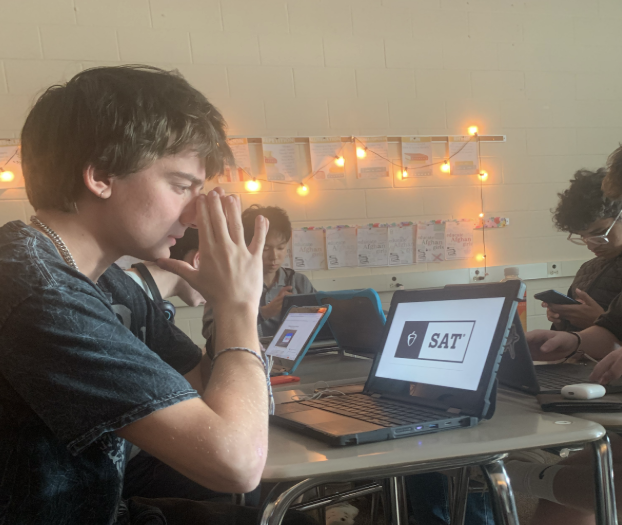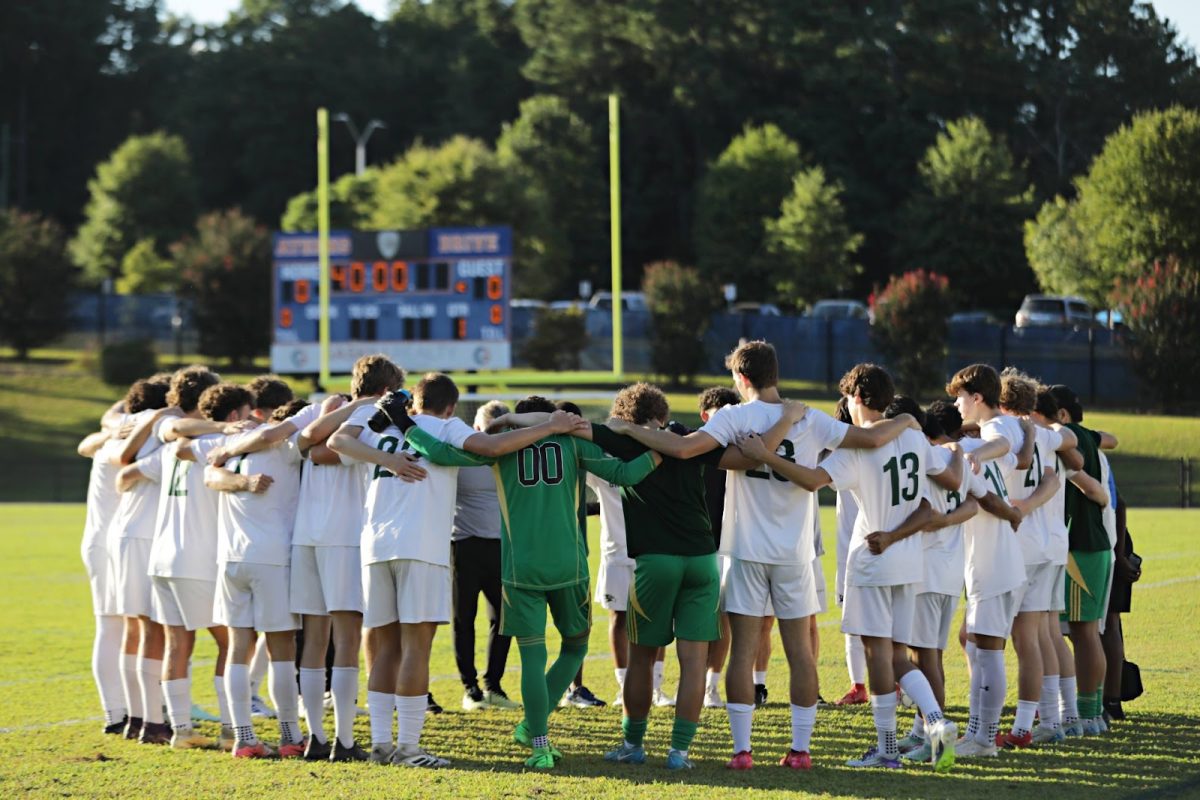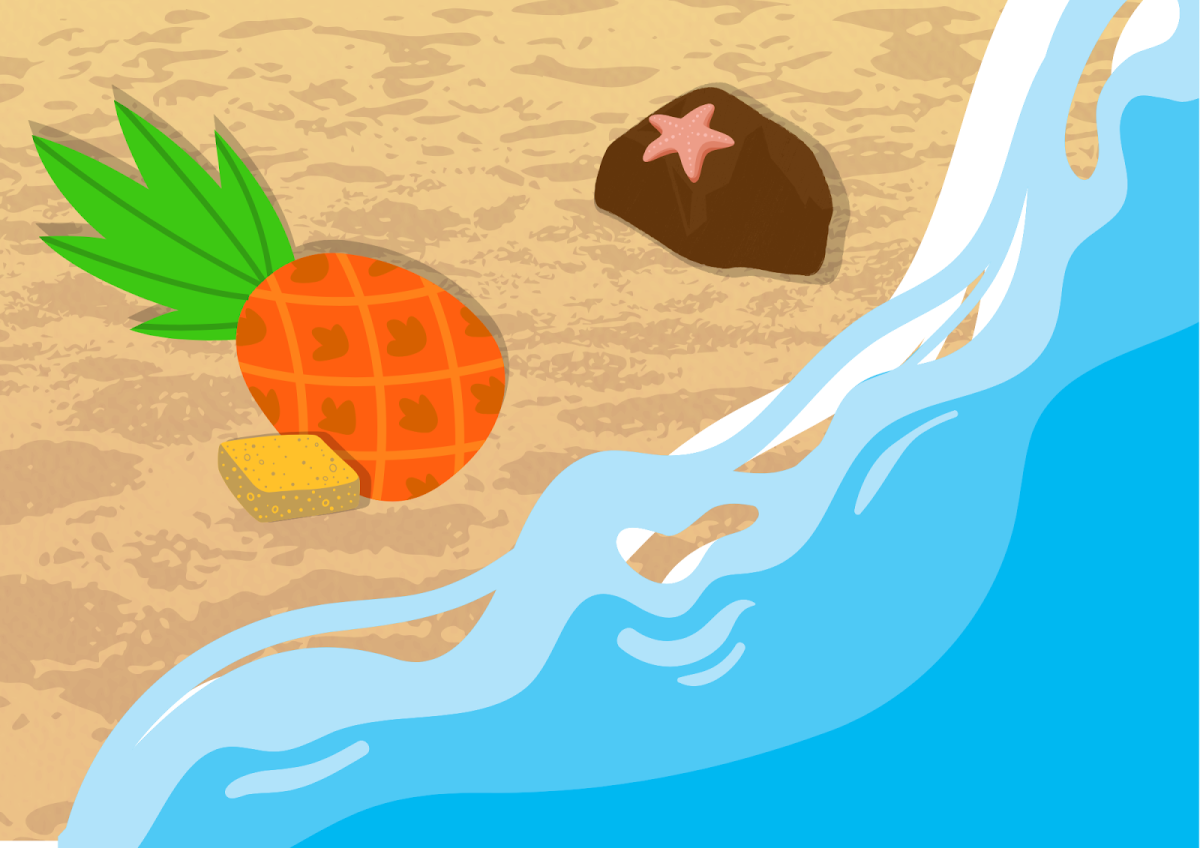From a convoluted history to icons like Goku, Japan’s history is a masterclass on how to clean up one’s image, something that not even Germany figured out how to mop up.
The annual Anholt-Ipsos Nation Brands Index (NBI), a study that ranks countries based on how they are perceived all over the world, placed Japan as the first out of 60 in 2023. Based on the data from over 60,000 interviews taken online, Japan is the most adored country in the world.
To anyone who is not a troglodyte, this should come as a no surprise. Japan has had an immense amount of influence on day-to-day life; Japanese words such as karaoke, origami, tsunami and emoji have found their place in daily English conversation and into many widely accepted English dictionaries.
That is not even to mention anime, the popularity of the Japanese genre has skyrocketed over the past few decades in the Western world. More and more people have decided to crack open their favorite streaming app and dive into the versatile world of anime. It’s reported that around 72% of the United States population watches anime. The storytelling along with the visual components end up inspiring many. In fact, one of Hollywood’s famous movies, “The Matrix,” was inspired by the 1995 anime “Ghost in a Shell.”
In the first ever live Virtual Theatre presentation in 1999, the Wachowskis – directors of “The Matrix” – went into detail about the anime they have watched and how that influenced “The Matrix.” “We liked Ghost in the Shell and the Ninja Scroll and Akira in anime. One thing that they do that we tried to bring to our film was a juxtaposition of time and space in action beats,” they said.
Even the mention of Japan evokes certain defining images in an individuals’ mind. President of the Green Hope Fashion & Design Club Sonya Hilbert (‘25) commented on what first comes to mind when she hears the country’s name. “When I hear the name Japan, I picture cherry blossom trees. I think of Japanese street food (and) rich forests.”
Hilbert can close her eyes and see absolutely nothing but the absence of light. However, the mere mention of Japan can paint a picture only a country could pray that it is known for. Pink cherry blossom petals dancing in the wind then fluttering towards the ground; instead of women’s abused bodies scattered on the ground after providing “comfort” under the Imperial Japanese army.
Piping hot street food made to be eaten quickly with a pungent scent that will make anyone’s stomach growl. Sticky-sweet mochi, fresh from the wooden mallet that created it. As opposed to the deprivation of food forced onto test subjects in Japan’s research program, Unit 731, the country’s street food culture triumphs over its past crimes in people’s perceptions.
Connotations with people, buildings and locations can change. However, it is a little surprising; the prominent stain of red wine mixed with black ink and a dash of mustard was still able to be washed out by Japan. But, how did Japan get to this point? When did it stop being this brutal, global superpower to a place everyone has at the top of their travel lists?
Before World War II even began in 1939, Japan had shown its cruelty a number of times. Hirohito – a familiar name from history classes – reigned supreme as emperor during this time. The country had a track record for invading its East Asian neighbors, and one of those victims was China. In December 1937, Japan’s army captured what was then China’s capital, Nanjing. In an occupation that lasted approximately six weeks, nearly 300,000 civilians were chased down and killed.
During the Nanjing Massacre, somewhere around 20,000 to 80,000 women and girls were brutally raped by Japanese soldiers: the elderly, pregnant women, nuns, and girls under the age of 10 were not spared. Towns were looted, buildings were burned and bodies were left to rot.
In the same year, Japan wanted to be able to conduct research that would better help their soldiers. For example, how to better fight hunger or withstand thirst. The concept was under a facade of helping Japanese soldiers, but then it turned into a way to experiment on human beings in the name of “science.”
It is estimated that over 10,000 died from experimentation, most of whom were Chinese. There were various tests performed on prisoners. Some were purposely given frostbite to see how to treat the injury while others were operated on fully awake without any anesthesia. Pregnant test subjects were forcibly given diseases such as syphilis to see how it affected their offspring. The victims who went in rarely escaped, and there were no survivors. The stories that were told about Unit 731 now mostly come from its staff.
Unit 731 continued to experiment when World War II started in 1939. Japan formally entered into the war on September 22, 1940, and five days later aligned themselves with Nazi Germany.
Pearl Harbor, a U.S. Naval base was air attacked by Japan out of nowhere. Japan was hoping for a relatively short war in order to weaken the U.S. naval support. This prompted America to finally join World War II and take on Japan. The retaliation against Japan for Pearl Harbor was swiftly on its way in 1945. The U.S. detonated atomic bombs over the two cities of Japan, Hiroshima and Nagasaki. The atomic bombing caused 70% of buildings in Hiroshima to be destroyed and the increase in cancer rates of survivors. The damage and the mourning was too much to handle, promptly making Japan surrender—ending the deadliest war in history.
After the war, Japan had an economy to rebuild and cities to reconstruct. For the time being, the empire was in pieces. What Japan did was inhumane in human nature, and for most countries would be what they are defined for on the international stage for decades to come. But, Japan had something that made it stand out from the rest.
Pop culture.
There’s many examples of pop culture that stem from Japan. The first of its kind was when Godzilla made its way to the west in 1956. Americans, for the first time, were introduced to the great, big Japanese monster. To this day, the U.S. is still fully acquainted with Godzilla, with “Godzilla x King Kong: The New Empire” grossing $194 million in the U.S. ($561 million around the globe), which was released in 2024.
Then we get to Nintendo, a Japanese video game company, which first released in the U.S. in 1985 as the NES, the Nintendo Entertainment System. By the end of 1986, more than 1 million copies were sold all over the U.S. The red jumper and blue overalls donning Italian became an icon given how fast Super Mario Bros. was selling out.
Hello Kitty, Pokémon, Yakuza and the list goes on for all the Japanese pop culture phenomena that are popular in America. In a way, many of the war crimes that Japan committed are lying deep down underneath the dirt—out of sight, out of mind. That is not to say that nobody is complacent with the actions of Japan. The U.S. was interested in Unit 731’s research that in return, the scientists involved with the barbaric actions were granted immunity and would not be charged for their war crimes.
Japan then and Japan now are completely unrecognizable. Green Hope American History teacher Mr. Little had this to say when asked if he saw a difference between how Japan was perceived then and how it is now, especially in America. “There is definitely a change in how Americans viewed Japan versus how Americans view Japan now. Japan industrialized heavily after WWII and has since created many products that Americans use on a daily basis, whether it be cars, phones, T.Vs, watches, or even cartoons,” he said.
He went on to explain how political alliances play a role in the diffusion of culture. “Japan is an ally now and their culture is very important to many Americans, especially the younger generation.” Mr. Little said, explaining that much of Japanese culture is now intertwined with American influences.
It is a simple theory: Japan cleaned up its image by simply being immersed into pop culture. They released quality material that many found themselves enamored with.
The next time a country might feel a bit insecure about the number of atrocities they have committed, all they need to do is throw up the peace sign and let the everyday citizen admire how kawaii they look.














